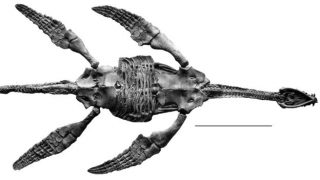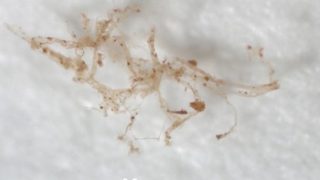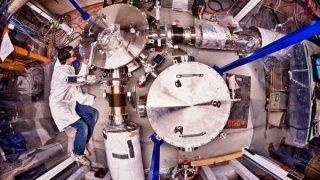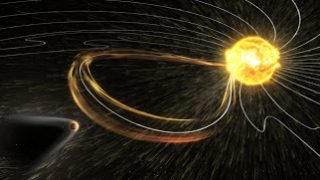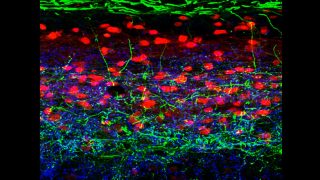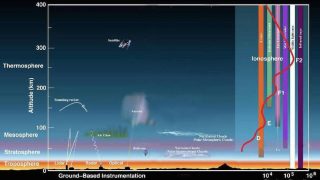
MI weekly selection #162
Humanities & Social Sciences • Science • Technology • Weekly Selection
Mystery of disappearing electrons may be solved A band of invisible meteor dust drifting to Earth may be behind the disappearance of electrons in the high atmosphere that’s had scientists baffled since the 1960s Electrons are produced high above Earth when the sun’s ultraviolet rays interact with atmospheric nitric oxide, but a big drop has […]

